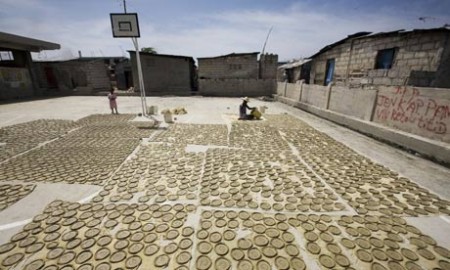
Red Ants beat residents of Alexandra Township with crowbars
WAVING iron bars and pickaxes, the Red Ants, a rented mob of thugs in bright red overalls and crimson helmets, used the half-light of dawn for cover as they marched into the slum. Stamping out the first cooking fires of the day with heavy boots, they spread out in a long line. Then they attacked.
Bleary immigrant women dropped plastic water containers and ran in panic towards their corrugated iron homes. “Grab the children,” they screamed.
By sunrise their shacks on the outskirts of Johannesburg had been razed. They were forced to watch as their few possessions were burnt.
The Red Ants, described as state-sponsored mercenaries by their critics, have become a growing force in the past few months as South African cities have begun a campaign of “beautification” before the World Cup begins in June. This means clearing away unsightly immigrant squatter camps.
This month, more than 100 Zimbabweans were beaten and evicted by Red Ants from a derelict building on the main road to Ellis Park stadium in Johannesburg, one of the football tournament’s main venues.
It followed a series of Red Ant evictions ordered by the provincial department of public transport along main roads within a mile of the stadium, which will host five matches. Hundreds more Zimbabweans were forcibly evicted from properties in central Johannesburg.
Read more2010 FIFA World Cup: Slum clearance, South Africa-style
